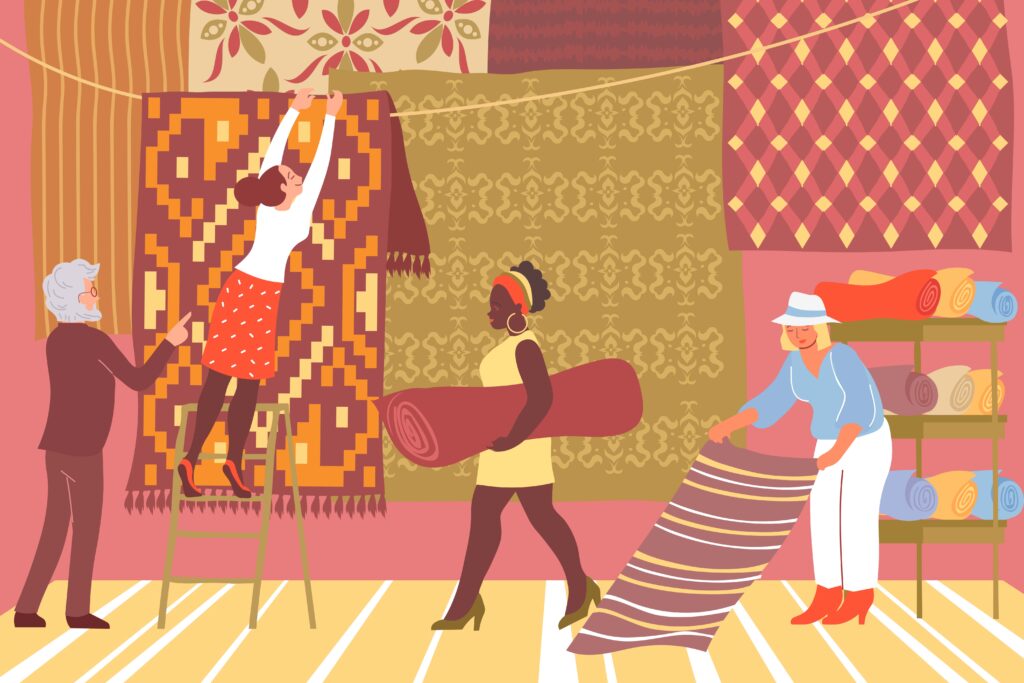India was once famous as the global textile hub; cotton and fine muslins were reasons that paved the way for global trade routes leading here. Today, with the reset of global supply chains and the recognition of sustainable manufacturing, one question that has taken center stage is: Can India reclaim its dominance in the world apparel market?
Unmatchable legacy of craft
India’s textile heritage goes back hundreds of years, blending craft with scale. The textile industry is still the second-largest employer in India after agriculture. It supports over 45 million workers directly and even more indirectly. The country boasts of an unparalleled and diversified raw material production, ranging from jute to silk and technical fabrics.
However, the last three decades have seen a shift in global value chains and growing competition from countries like China, Vietnam, and Bangladesh. This has resulted in diverted apparel orders, causing a decline in demand for Indian textiles. Fragmented production, high logistics costs, and limited modernisation of the textile sector are primary reasons driving this decline.
The changing global market
The USD 1.7 trillion global apparel market is experiencing a major structural shift. After the COVID-19 pandemic, popular brands are rethinking their sourcing strategies. They are emphasising factors like resilience, regionalisation, and sustainability, and not just cost efficiency. This recalibration gives India a fresh opportunity to rebrand itself as a diversified and trustworthy supplier.
Global fashion retailers are looking for large, politically stable markets with environmental accountability. These factors play in India’s favor. The current Indian government is prioritising the “Make in India” initiative, along with Production Linked Incentive (PLI) schemes, which are major accelerators for strengthening the manufacturing base, endorsing modern production techniques and export growth.
The PLI Boost
India’s PLI scheme for textiles focuses on technical textiles and premium manmade fibers. The scheme has a financial outlay of over INR 10,000 crores. These incentives are introduced with the intention of positioning India as a global manufacturer, leading supply chains across the world, rather than just a raw material provider.
Other initiatives, such as the National Technical Textiles Mission and PM Mitra Parks (Mega Integrated Textile Region and Apparel), aim to build world-class industrial clusters having great connectivity, plug-and-play facilities, and eco-friendly manufacturing segments. These measures strengthen value-chain integration – from fiber to fashion – reducing turnaround times. Additionally, these programs augment exports towards India’s ambitious target of USD 100 billion in textile and apparel exports by 2030.
Sustainability and digital advantage
Nowadays, sensitive buyers are more concerned about the manufacturing process than the price. India is also heavily investing in green technologies, like organic cotton cultivation, recycled fibers, solar-powered mills, and water-efficient dyeing. This gives India a competitive edge as a leading nation prioritising sustainability in the textile and fashion industry.
The textile revolution is powered not just by looms but by digital advancement. Today, we have elements like design analytics, e-commerce integration, and 3D sampling that have made us stand in close alignment to international buyers and fashion trends.
Bottomline
India has introduced skill upgradation initiatives like SAMARTH to nurture a new generation of designers and technologists. Combined with India’s IT strength, this synergy of design and technology can redefine India’s global position as the textile king. A healthy collaboration of the textile and fashion industry, government, and innovators is the key to establishing India as a fashion leader in the global market.

